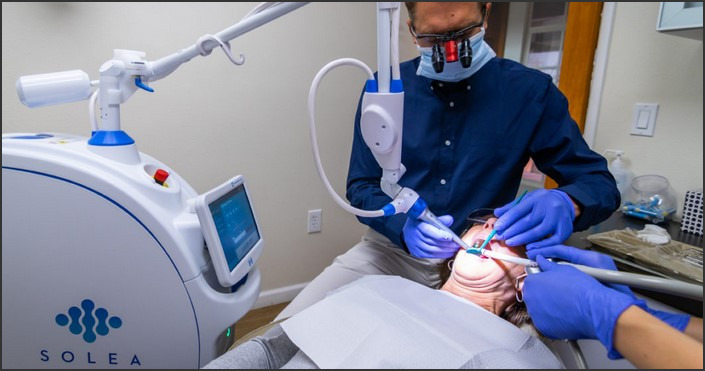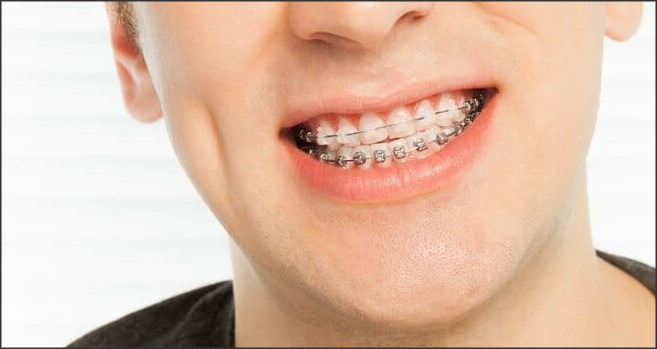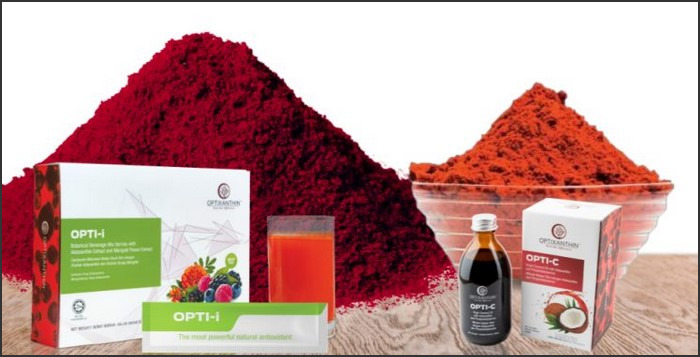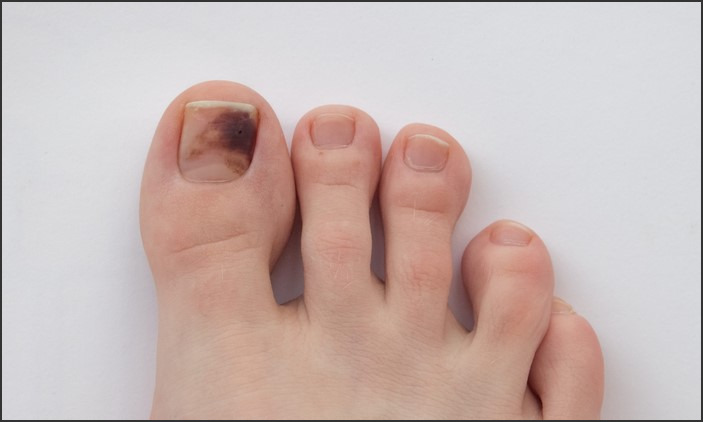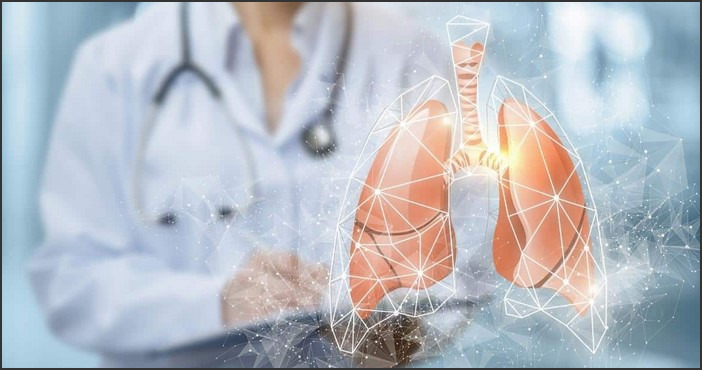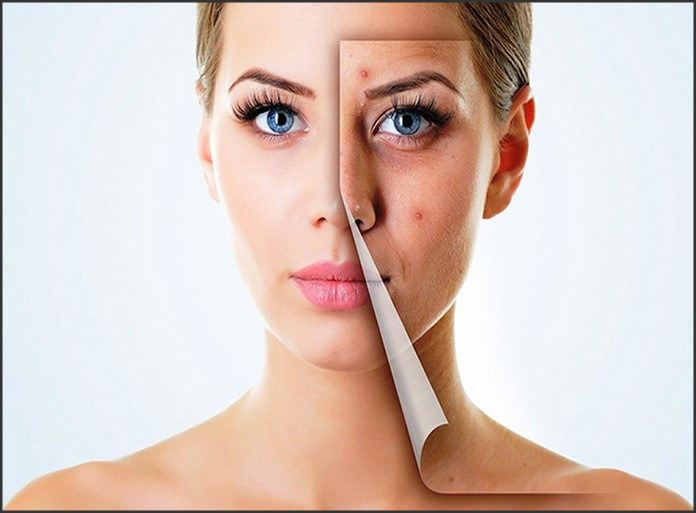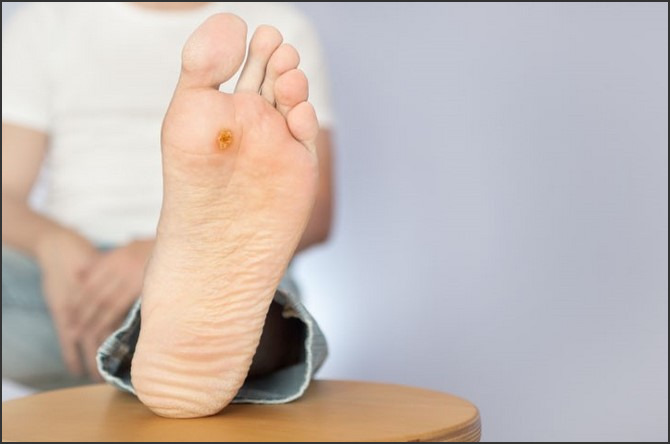
Oblique muscle injuries are a common type of muscle strain that can occur in the abdomen, chest, and back. These injuries can be caused by a variety of activities, including sports, lifting heavy objects, or even everyday activities. Symptoms of an oblique muscle injury can range from mild to severe and can include pain, swelling, and tenderness in the affected area. Treatment for an oblique muscle injury typically involves rest, ice, compression, and elevation, as well as rehabilitation exercises to help strengthen the affected muscles. This article will discuss the causes, symptoms, and rehabilitation techniques for oblique muscle injuries.
Understanding Oblique Muscle Injury: Causes, Symptoms, and Treatment Options
Oblique muscle injuries are a common type of soft tissue injury that can cause significant pain and discomfort. The oblique muscles are located on the sides of the abdomen and are responsible for rotating the trunk and stabilizing the core. When these muscles are injured, it can limit mobility and cause pain. Understanding the causes, symptoms, and treatment options for oblique muscle injuries can help individuals manage their condition and return to their normal activities.
Causes
Oblique muscle injuries are typically caused by overuse or trauma. Overuse injuries occur when the muscles are strained beyond their normal capacity, such as when performing repetitive motions or lifting heavy objects. Traumatic injuries can occur when the muscles are stretched or torn due to a sudden force, such as a fall or a blow to the abdomen.
Symptoms
The most common symptom of an oblique muscle injury is pain in the affected area. This pain may be sharp and localized or more diffuse and aching. Other symptoms may include swelling, bruising, and tenderness. In severe cases, the individual may experience difficulty breathing or moving the affected area.
Treatment Options
Treatment for oblique muscle injuries typically involves rest, ice, compression, and elevation (RICE). This helps reduce swelling and pain and allows the muscles to heal. Nonsteroidal anti-inflammatory drugs (NSAIDs) may also be prescribed to reduce inflammation and pain. Physical therapy can help strengthen the muscles and improve flexibility. In severe cases, surgery may be necessary to repair the damaged tissue.
Oblique muscle injuries can be painful and debilitating, but with proper treatment, individuals can recover and return to their normal activities. Understanding the causes, symptoms, and treatment options for oblique muscle injuries can help individuals manage their condition and reduce their risk of further injury.
Rehabilitation Techniques for Oblique Muscle Injury: Strengthening Exercises and Stretches
Oblique muscle injuries can be painful and debilitating, but with the right rehabilitation techniques, they can be managed and healed. Strengthening exercises and stretches are two of the most important rehabilitation techniques for oblique muscle injuries.
Strengthening exercises are designed to help build strength and stability in the oblique muscles. These exercises should be done slowly and with control, and should be done in sets of 10-15 repetitions. Examples of strengthening exercises for oblique muscle injuries include side planks, side bends, and cable wood chops.
Stretching exercises are also important for oblique muscle injuries. Stretching helps to improve flexibility and range of motion in the oblique muscles. Examples of stretching exercises for oblique muscle injuries include side bends, standing side stretches, and seated twists.
It is important to note that rehabilitation techniques for oblique muscle injuries should be done under the guidance of a qualified healthcare professional. This is to ensure that the exercises are done correctly and safely, and to ensure that the injury is healing properly.
By following the right rehabilitation techniques, oblique muscle injuries can be managed and healed. Strengthening exercises and stretches are two of the most important rehabilitation techniques for oblique muscle injuries, and should be done under the guidance of a qualified healthcare professional.
Conclusion
Oblique muscle injuries can be painful and debilitating, but with proper diagnosis and treatment, they can be managed effectively. The most important step in treating an oblique muscle injury is to rest the affected area and avoid activities that may aggravate the injury. Physical therapy and rehabilitation exercises can help to strengthen the muscles and improve flexibility, allowing for a full recovery. With the right treatment plan, oblique muscle injuries can be managed and the patient can return to their normal activities.
